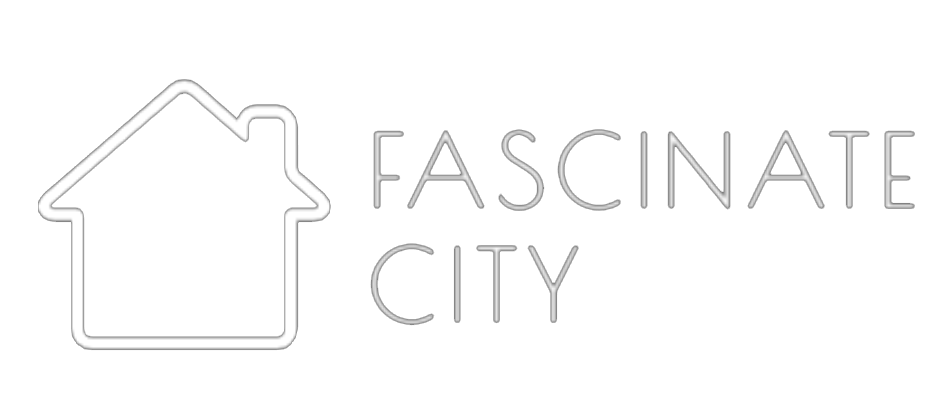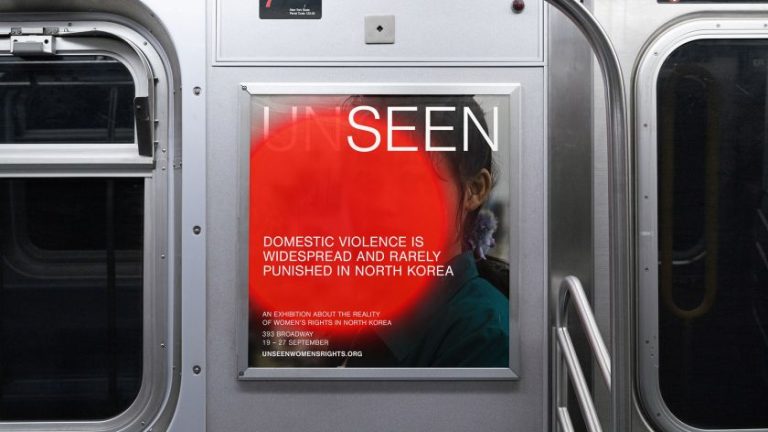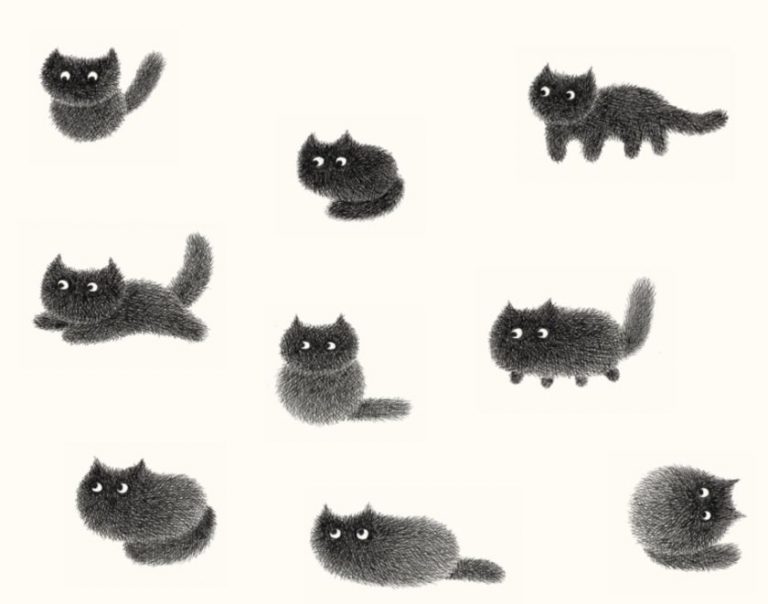Image licensed via Adobe Stock
Stop clinging to sacred cows and outdated rules: your creative breakthrough is waiting on the other side.
Have you ever felt so strongly about something that it was a hill you were prepared to die on? Well, for me as a writer, it’s always been the use of the word ‘literally’ to mean ‘very’. For decades, armed with righteous indignation and a well-thumbed style guide, this supposed crime against grammar angered me beyond belief.
But recently I discovered that it’s not just uneducated sports commentators and slovenly teenagers who employ the word in this way. William Shakespeare did. Charles Dickens did. Jane Austen did.
Honestly, I didn’t believe this until I saw it with my own eyes.
Here’s Dickens in Nicholas Nickleby: “Perhaps you know, Miss Trotwood, that there is never a candle lighted in this house, until one’s eyes are literally falling out of one’s head with being stretched to read the paper.” This blew my mind. And it turns out all of these aforementioned authors used “literally” in similar ways: as hyperbole, as emphasis, as everything except its strict dictionary definition. So who am I to say they were wrong?
The moment I discovered this, my world turned on its axis. If my firmly held belief about “literally” doesn’t stand up, I thought, what other creative “truths” have I been clutching like security blankets? What other unexamined assumptions have been quietly throttling my work, whilst I congratulated myself on following the rules?
The tyranny of creative orthodoxy
It’s not just writing that this applies to, either. From art to design, photography to filmmaking, professionals of all kinds are susceptible to receiving wisdom masquerading as gospel.
We collect rules like talismans. Never mix certain typefaces. White space lets content breathe. Always follow the rule of thirds. Conflict drives narrative. Purple prose is death. Never make the logo bigger. These mantras become so embedded in our creative DNA that we stop questioning whether they’re actually serving us or just keeping us safely mediocre.
The problem isn’t that guidelines are wrong, of course. It’s that we elevate them to the status of natural laws when they’re simply historical preferences that got codified by people who happened to have the loudest voices.
Take the rule of thirds in photography. It’s practically a sacred text. But why? Because some Renaissance painters figured out that it looked quite nice? Meanwhile, Wes Anderson has built an entire aesthetic empire on dead-centre symmetry. Yet whether you like or loathe his movies, nobody ever called his shots boring.
I’m not saying the rule of thirds is “wrong”, of course. As a general guideline, it’s usually best to stick to this one. But treating it as an inviolable doctrine? That’s creative suicide.
The comfort of creative conformity
Obviously, there’s something deeply attractive about rules. They offer certainty in an uncertain world; a roadmap when the creative landscape feels like unmarked territory.
More practically, following established guidelines helps save us time and money, as it means we can outsource some of our decision-making to those who came before us. It’s creative comfort food: familiar, reassuring, even if ultimately limiting.
But let’s just take one example. When I worked in print as a magazine editor, I spent years believing that good design was invisible, that the best creative work shouldn’t call attention to itself. This assumption led me to commission work that was competent, professional, but sometimes completely forgettable. It wasn’t until I saw a piece of design that was gloriously, unapologetically attention-grabbing (and effective) that I realised I’d been confusing “good design” with “safe design”.
The most liberating moment in my career wasn’t learning a new technique or mastering a piece of software; it was discovering a new perspective. It was when I let myself break a rule I’d followed religiously, and the sky didn’t fall in.
Practical advice for heretics
Admitting that everything you think you know might be wrong might sound like intellectual masochism. But believe me, I’ve been there, and it’s actually creative liberation. When you stop defending assumptions, whether they’re your own or others’, you start exploring possibilities. When you stop treating guidelines as gospel, you can begin treating them as starting points for further exploration.
So here’s my advice. Start small. Pick one creative rule you’ve never questioned and spend a week deliberately breaking it. If you’re a designer who never uses drop shadows, add them everywhere. If you’re a writer who avoids sentence fragments, scatter them liberally. If you’re a photographer who relies on natural light, consider embracing the flash.
The goal isn’t to prove the rules wrong; sometimes they’ll turn out to be right for good reasons. The goal is to understand why they exist and whether they’re serving your creative goals… or just your creative anxiety.
This isn’t about becoming an anarchist who rejects all structure. It’s about transforming from someone who follows rules into someone who understands them. The difference might sound pedantic, but it’s actually profound. Rule followers are limited by what they know; rule understanders are empowered by what they question.
Literally.










